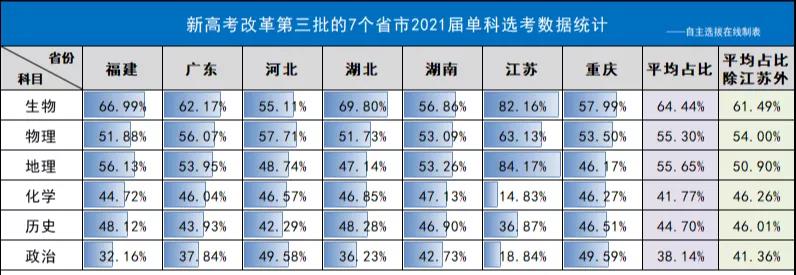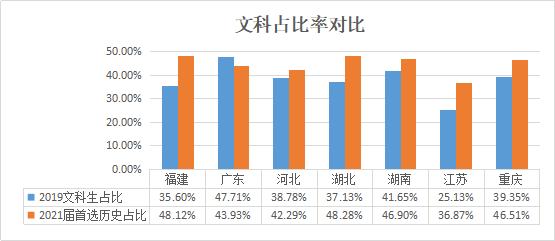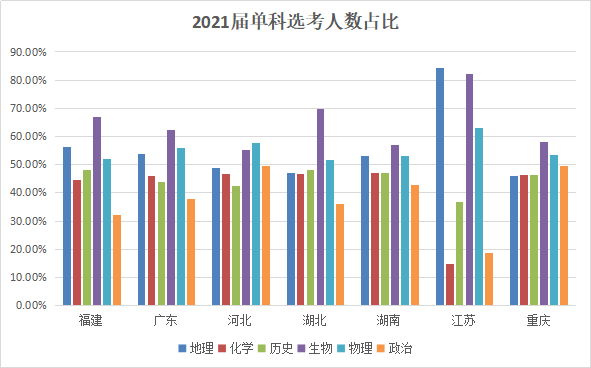导读:要参加GRE考试的同学们,长沙新东方为你整理“历年GRE考试阅读真题”,供大家参考学习,希望广大放松心态,从容应对,正常发挥。更多资讯请关注我们网站的更新哦!
GRE阅读真题:草原上的大型哺乳动物
SECTION A
The evolution of intelligence among early large mammals of the grasslands
was due in GREat measure to the interACTion between two ecologically
synchronized groups of these animals, the hunting carnivores and the herbivores
that they hunted. The interACTion resulting from the differences between
predator and prey led to a general improvement in brain functions; however,
certain components of intelligence were improved far more than others.
The kind of intelligence favored by the interplay of increasingly smarter
catchers and increasingly keener escapers is defined by attention—that aspect of
mind carrying consciousness forward from one moment to the next. It ranges from
a passive, free-floating awareness to a highly focused, ACTive fixation. The
range through these states is mediated by the arousal system, a network of
trACTs converging from sensory systems to integrating centers in the brain stem.
From the more relaxed to the more vigorous levels, sensitivity to novelty is
increased. The organism is more awake, more vigilant; this increased vigilance
results in the apprehension of ever more subtle signals as the organism becomes
more sensitive to its surroundings. The processes of arousal and concentration
give attention its direction. Arousal is at first general, with a flooding of
impulses in the brain stem; then gradually the ACTivation is channeled. Thus
begins concentration, the holding of consistent images. One meaning of
intelligence is the way in which these images and other alertly searched
information are used in the context of previous experience. Consciousness links
past attention to the present and permits the integration of details with
perceived ends and purposes.
The elements of intelligence and consciousness come together marvelously to
produce different styles in predator and prey. Herbivores and carnivores develop
different kinds of attention related to escaping or chasing. Although in both
kinds of animal, arousal stimulates the production of adrenaline and
norepinephrine by the adrenal glands, the effect in herbivores is primarily
fear, whereas in carnivores the effect is primarily agGREssion. For both,
arousal attunes the animal to what is ahead. Perhaps it does not experience
forethought as we know it, but the animal does experience something like it. The
predator is searchingly agGREssive, innerdirected, tuned by the nervous system
and the adrenal hormones, but aware in a sense closer to human consciousness
than, say, a hungry lizard’s instinctive snap at a passing beetle. Using past
events as a framework, the large mammal predator is working out a relationship
between movement and food, sensitive to possibilities in cold trails and distant
sounds—and yesterday’s unforgotten lessons. The herbivore prey is of a different
mind. Its mood of wariness rather than searching and its attitude of general
expectancy instead of anticipating are silk-thin veils of tranquility over an
explosive endocrine system.
17. The author is primarily concerned with
(A) disproving the view that herbivores are less intelligent than
carnivores
(B) describing a relationship between animals’ intelligence and their
ecological roles (C) establishing a direct link between early large mammals
and their modern counterparts
(D) analyzing the ecological basis for the dominance of some carnivores
over other carnivores(B)
(E) demonstrating the importance of hormones in mental ACTivity
18. The author refers to a hungry lizard (line 55) primarily in order
to
(A) demonstrate the similarity between the hunting methods of mammals and
those of nonmammals
(B) broaden the application of his argument by including an insectivore as
an example (C) make a distinction between higher and lower levels of
consciousness
(D) provide an additional illustration of the brutality charACTeristic of
predators(C) (E) offer an objection to suggestions that all animals lack
consciousness
19. It can be inferred from the passage that in animals less intelligent
than the mammals discussed in the passage
(A) past experience is less helpful in ensuring survival
(B) attention is more highly focused
(C) muscular coordination is less highly developed
(D) there is less need for competition among species(A)
(E) environment is more important in establishing the proper ratio of prey
to predator 20. The sensitivity described in lines 56-61 is most clearly an
example of
(A) “free-floating awareness” (lines 16-17)
(B) “flooding of impulses in the brain stem” (lines 29-30)
(C) “the holding of consistent images” (lines 31-32)
(D) “integration of details with perceived ends and purposes” (lines
37-38)(D)
(E) “silk-thin veils of tranquility” (line 64)
21. The author’s attitude toward the mammals discussed in the passage is
best described as
(A) superior and condescending
(B) lighthearted and jocular
(C) apologetic and conciliatory
(D) wistful and tender(E)
(E) respectful and admiring
22. The author provides information that would answer which of the
following questions?
I. Why is an aroused herbivore usually fearful?
II. What are some of the deGREes of attention in large mammals?
III. What occurs when the stimulus that causes arousal of a mammal is
removed?
(A) I only
(B) III only
(C) I and II only
(D) II and III only(C)
(E) I, II and III
23. According to the passage, improvement in brain function among early
large mammals resulted primarily from which of the following?
(A) Interplay of predator and prey
(B) Persistence of free-floating awareness in animals of the grasslands
(C) Gradual dominance of warm-blooded mammals over cold-blooded
reptiles
(D) InterACTion of early large mammals with less intelligent species(A)
(E) Improvement of the capacity for memory among herbivores and
carnivores
24. According to the passage, as the process of arousal in an organism
continues, all of the following may occur EXCEPT:
(A) the production of adrenaline
(B) the production of norepinephrine
(C) a heightening of sensitivity to stimuli
(D) an increase in selectivity with respect to stimuli(E)
(E) an expansion of the range of states mediated by the brain stem
Tocqueville, apparently, was wrong. Jacksonian America was not a fluid,
egalitarian society where individual wealth and poverty were ephemeral
conditions. At least so argues E. Pessen in his iconoclastic study of the very
rich in the United States between 1825 and 1850. Pessen does present a
quantity of (a quantity of: 一些) examples, together with some refreshingly
intelligible statistics, to establish the existence of an inordinately wealthy
class. Though ACTive in commerce or the professions, most of the wealthy were
not self-made, but had inherited family fortunes. In no sense mercurial, these
GREat fortunes survived the financial panics that destroyed lesser ones. Indeed,
in several cities the wealthiest one percent constantly increased its share
until by 1850 it owned half of the community’s wealth. Although these
observations are true, Pessen overestimates their importance by concluding from
them that the undoubted proGREss toward inequality in the late eighteenth
century continued in the Jacksonian period and that the United States was a
class-ridden, plutocratic society even before industrialization.
25. According to the passage, Pessen indicates that all of the following
were true of the very wealthy in the United States between 1825 and 1850
EXCEPT:
(A) They formed a distinct upper class.
(B) Many of them were able to increase their holdings.
(C) Some of them worked as professionals or in business.
(D) Most of them accumulated their own fortunes.(D)
(E) Many of them retained their wealth in spite of financial upheavals.
26. The author’s attitude toward Pessen’s presentation of statistics can be
best described as
(A) disapproving
(B) shocked
(C) suspicious
(D) amused(E)
(E) laudatory
27. Which of the following best states the author’s main point?
(A) Pessen’s study has overturned the previously established view of the
social and economic structure of early nineteenth-century America.
(B) Tocqueville’s analysis of the United States in the Jacksonian era
remains the definitive account of this period.
(C) Pessen’s study is valuable primarily because it shows the continuity of
the social system in the United States throughout the nineteenth century.
(D) The social patterns and political power of the extremely wealthy in the
United States between 1825 and 1850 are well documented.(E)
(E) Pessen challenges a view of the social and economic system in the
United States from 1825 to 1850, but he draws conclusions that are
incorrect.
延伸阅读:
历年GRE考试阅读真题-作家托马斯·哈代和他的小说
2017年GRE真题解析-如何做填空题(3)
GRE考试作文真题回顾与训练





















 京公网安备11010802021790号
京公网安备11010802021790号









 学习资料
学习资料
